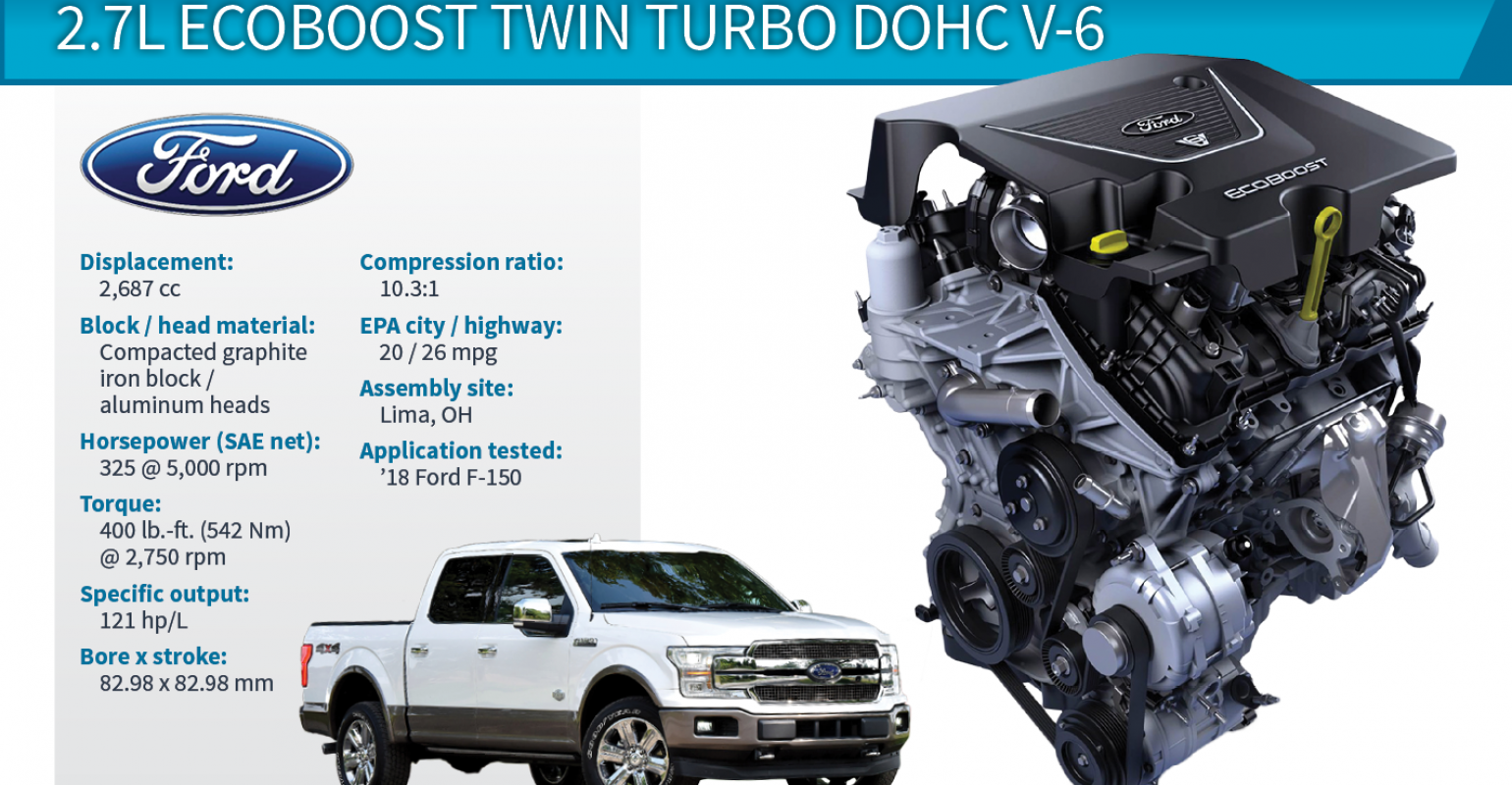Understanding the Power Boost of a 2.7 Ecoboost Engine
Stepping with authority on the process of turbocharging, this article elucidates the power enhancement of a 2.7 Ecoboost engine. It meticulously examines the integral components that invigorate the engine’s performance, rendering a comprehensive overview that not only seasoned gearheads would appreciate but also those who are new to the automotive world. By probing into the technical intricacies and presenting it in an accessible language, this article aspires to deepen the reader’s understanding of the motor’s robustness and efficiency. Sure to intrigue those with an interest in automotive engineering or Ford’s prolific powerhouse – the 2.7 Ecoboost engine – this article is a source of reliable, in-depth information. The role of turbocharging and the layers of power it adds to this enigmatic engine are discussed in detail, feeding your curiosity and equipping you with knowledge about how much boost a 2.7 Ecoboost engine can really make.
Understanding the 2.7 Ecoboost Engine
What is an Ecoboost engine?
The term Ecoboost, coined by the renowned automaker Ford, denotes an engine technology that combines direct fuel injection, turbocharging and variable valve timing to achieve enhanced fuel economy without compromising power and torque. The 2.7-liter Ecoboost is one such engine, an innovative product from Ford that seamlessly integrates powerful performance, fuel efficiency, and environment-friendly features.
Engine performance and specifications
The 2.7 Ecoboost engine is a twin-turbocharged V6 engine that successfully balances power and fuel efficiency. With a displacement of 2.7 liters, the engine produces an impressive output of 325 horsepower and a torque of 375 lb-ft. Its all-aluminum construction, compact design, dual overhead camshafts, and four valves per cylinder are designed to provide premium performance and refined power delivery.
Usage in different Ford models
Ford has largely incorporated the 2.7 Ecoboost engine in its lineup, including the F-150 pickup, the Ford Edge, and the Ford Explorer. This engine has also found its way into the Fusion Sport, providing a sportier, more powerful option for sedan lovers.
The Power Dynamics of a 2.7 Ecoboost Engine
Horsepower and torque
The 2.7 Ecoboost engine delivers a peak horsepower of 325, which is observed at 5750 rpm. Meanwhile, the engine generates maximum torque of 375 lb-ft at relatively lower rpms, around 3000. These figures offer a testament to the engine’s impressive power output and its ability to provide robust performance when required.
Acceleration and speeds
The acceleration response and top speed of the 2.7 Ecoboost engine can vary depending on the vehicle it powers. For example, a Ford F-150 equipped with this engine can accelerate from 0-60 mph in under 7 seconds, which is quite impressive for a vehicle of its size.
Boost pressure details
The term ‘boost’ in ecoboost refers to the additional air pressure created by the turbocharger, which is measured in pounds per square inch (PSI). The 2.7 Ecoboost usually operates at a peak boost pressure of 17.4 PSI, contributing to its remarkable horsepower and torque figures.
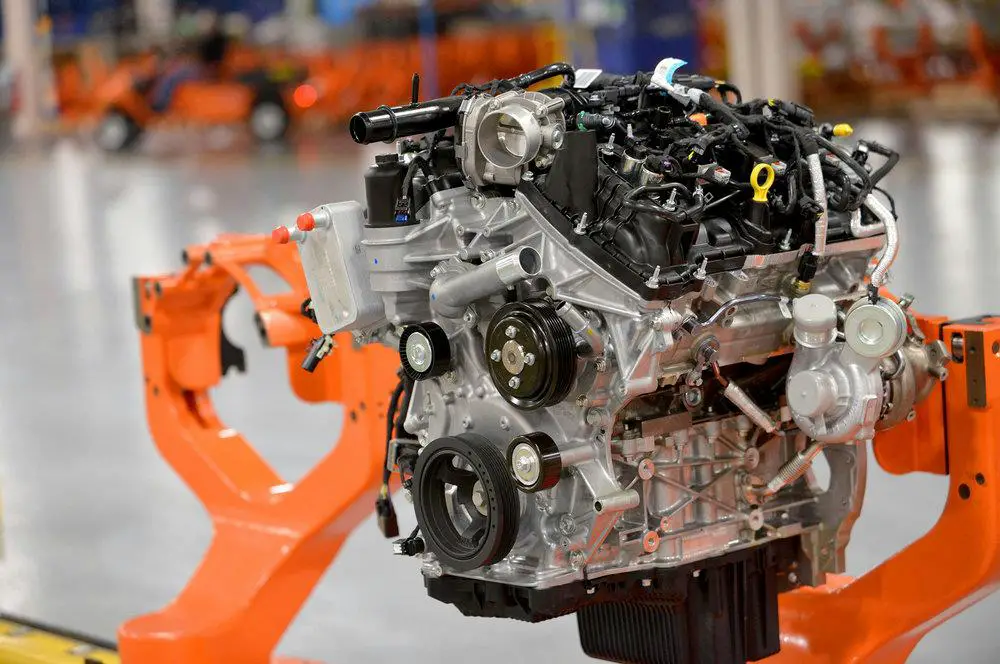
Fuel Efficiency of the 2.7 Ecoboost Engine
Miles per gallon statistics
Fuel efficiency is one of the major selling points of the 2.7 Ecoboost engine. On average, an F-150 equipped with this engine may offer roughly 19 miles per gallon in the city and around 26 on the highway.
Comparison with other engines
The 2.7 Ecoboost engine has been praised for its high fuel efficiency compared to other similar-sized, naturally-aspirated engines. Other engines in its class tend to have lower fuel economy figures, demonstrating the ecoboost technology’s advantage.
Impact of driving conditions on fuel consumption
Like any engine, the fuel efficiency of the 2.7 Ecoboost is subject to driving conditions. Aggressive driving habits, towing, poor maintenance, and cold weather can negatively impact the fuel economy figures of the engine.
Reliability and Durability of the 2.7 Ecoboost Engine
Longevity of the engine
The longevity of the 2.7 Ecoboost engine relies largely on timely maintenance and committed upkeep. However, with regular services and proper care, it is designed to last for several hundred thousand miles.
Common issues and solutions
Every engine encounters its own set of common issues over time. For the 2.7 Ecoboost, one such issue revolves around carbon buildup in the intake valves. Regular intake cleaning can help mitigate this concern.
Maintenance requirements
Maintenance requirements for the 2.7 Ecoboost are pretty standard. Regular oil and filter changes, using high-quality fuel, maintaining the cooling system, and periodic inspection of spark plugs and ignition system will ensure long and trouble-free operation.
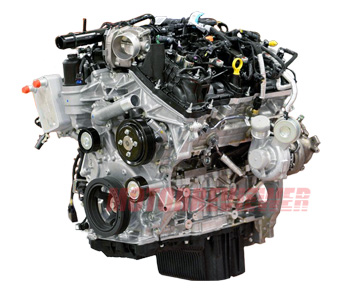
The Turbocharger in a 2.7 Ecoboost Engine
Understanding how turbocharging works
Turbocharging is a procedure in which exhaust gases drive a turbine to force more air into the engine’s combustion chambers, resulting in increased power output. In essence, it allows the engine to burn more fuel and generate more power from each engine revolution.
Role of the turbocharger in power boost
The turbochargers in the 2.7 Ecoboost play a crucial role in increasing the engine’s overall performance. By utilizing the power typically lost in the exhaust gases, they help expand the engine’s efficiency and power output considerably.
Maintaining the turbocharger over time
Proper maintenance is vital to the longevity of the turbochargers. Regular oil changes and using high-quality oil and fuel can ensure their effective operation. Avoiding aggressive driving immediately after starting the engine when the oil has not yet reached optimum temperature can also help to prevent premature turbocharger wear.
Advantages and Disadvantages of the 2.7 Ecoboost Engine
Benefits of the engine
The 2.7 Ecoboost engine offers several benefits. It combines impressive power output and fuel efficiency, delivering a well-rounded performance. Its compact size and light weight contribute to overall vehicle handling and efficiency. Moreover, the Ecoboost technology allows power-on-demand, which provides added driving flexibility.
Potential drawbacks
Despite its advantages, the 2.7 Ecoboost engine is not without drawbacks. Due to its complex design, it can be more expensive to repair. There are often more variables to consider, such as turbochargers and direct fuel injection systems, which can raise repair costs over simpler, naturally aspirated engines.
Comparisons with other engine types
Comparatively, the 2.7 Ecoboost engine often outperforms other engines of similar size in terms of power and fuel efficiency. However, larger displacement, naturally aspirated engines may provide a more linear and smoother power delivery, which can be desirable for certain drivers.
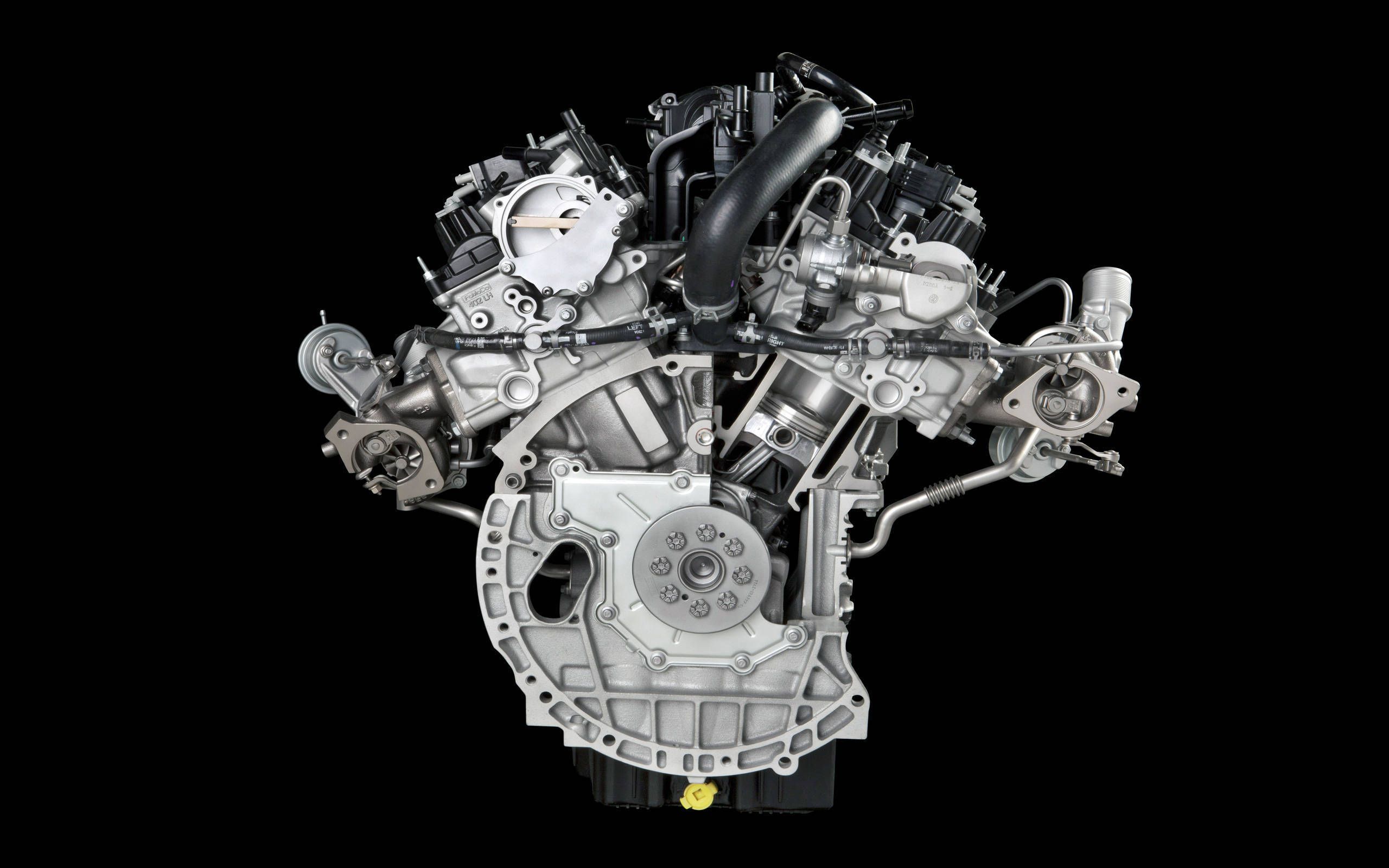
Enhancing Power Boost in a 2.7 Ecoboost Engine
Tuning and modifications
The 2.7 Ecoboost engine is receptive to modifications and tuning, enabling even better performance. Custom tuning could improve power delivery, responsiveness and possible fuel economy improvements.
Performance chips
To maximize the eco-boost performance, some drivers opt for performance chips. These chips alter the engine’s computer system to optimize performance and efficiency under various driving conditions.
Role of high-quality fuel and additives
Using high-quality fuel and appropriate fuel additives can considerably enhance the power and life of the 2.7 Ecoboost engine. High-quality fuel aids in maintaining clean and smooth functioning of the engine, while fuel additives can help reduce carbon buildup.
Environmental Impacts of the 2.7 Ecoboost Engine
Ecoboost technology and reduced emissions
The 2.7 Ecoboost engine is designed to reduce harmful emissions. The direct fuel injection system sprays a precise amount of fuel into the combustion chamber, which helps to lower fuel waste and reduces CO2 emissions.
Impact on air pollution
The 2.7 Ecoboost meets stringent emission regulations, contributes less to air pollution compared to older engine technology. Turbocharging helps reduce engine displacement, in turn, reducing polluting byproducts.
Green credentials of the ecoboost engine
The fact that an engine as powerful as the 2.7 Ecoboost can also provide significantly less pollution than most conventional engines speaks volumes about its green credentials. Additionally, minimizing carbon buildup with regular maintenance also contributes to environment-friendliness.
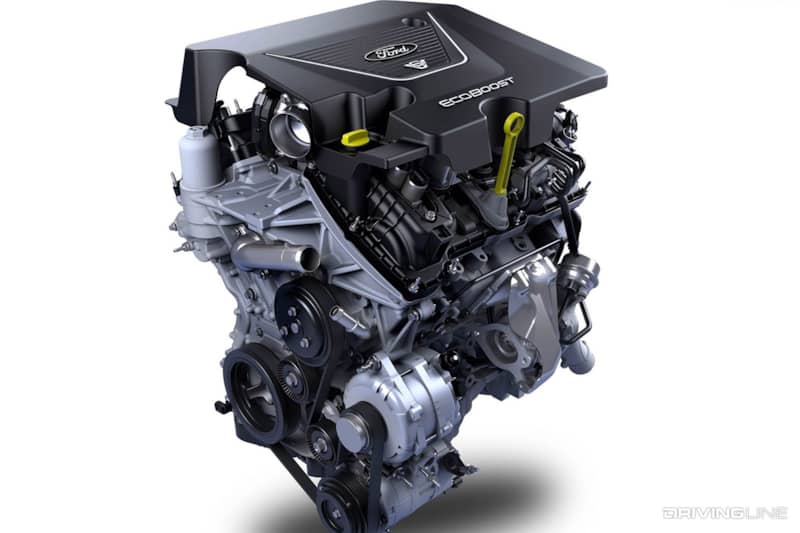
Cost considerations of the 2.7 Ecoboost Engine
Initial purchase cost
The initial purchase cost of a 2.7 Ecoboost engine may be higher than a naturally aspirated counterpart due to its advanced technology. However, the return on investment can be seen in its superior power and fuel efficiency.
Maintenance and repair expenses
Maintenance costs for the 2.7 Ecoboost engine could potentially be higher than for other engines due to its complexity. Equipping turbochargers and having direct fuel injection means there are more components that can require service or repairs.
Fuel costs over time
The fuel costs of the 2.7 Ecoboost engine are quite competitive, given its admirable fuel economy figures. The inherent frugality of the engine could lead to considerable savings on fuel expenses over time.
Questions and Answers about the 2.7 Ecoboost Engine
Understanding the boost curve
The boost curve represents the engine’s turbocharger’s operational range. For the 2.7 Ecoboost engine, it typically maintains a peak boost pressure of 17.4 PSI. The twin turbochargers spool up at different speeds to ensure a smooth and continuous power delivery across the rev range.
Variance in torque and horsepower
The 2.7 Ecoboost engine produces maximum torque at around 3000 rpm and peak horsepower around 5750 rpm. This variation ensures the engine offers optimal torque at lower revs for robust acceleration and maintains a high horsepower for top-end performance.
Boost pressure and how it is controlled
The boost pressure in the 2.7 Ecoboost engine is controlled by the engine control unit (ECU). The ECU analyses multiple parameters such as speed, load, and engine conditions to adjust the turbocharger’s boosting performance optimally. This allows the engine to deliver seamless power while maintaining fuel efficiency.
